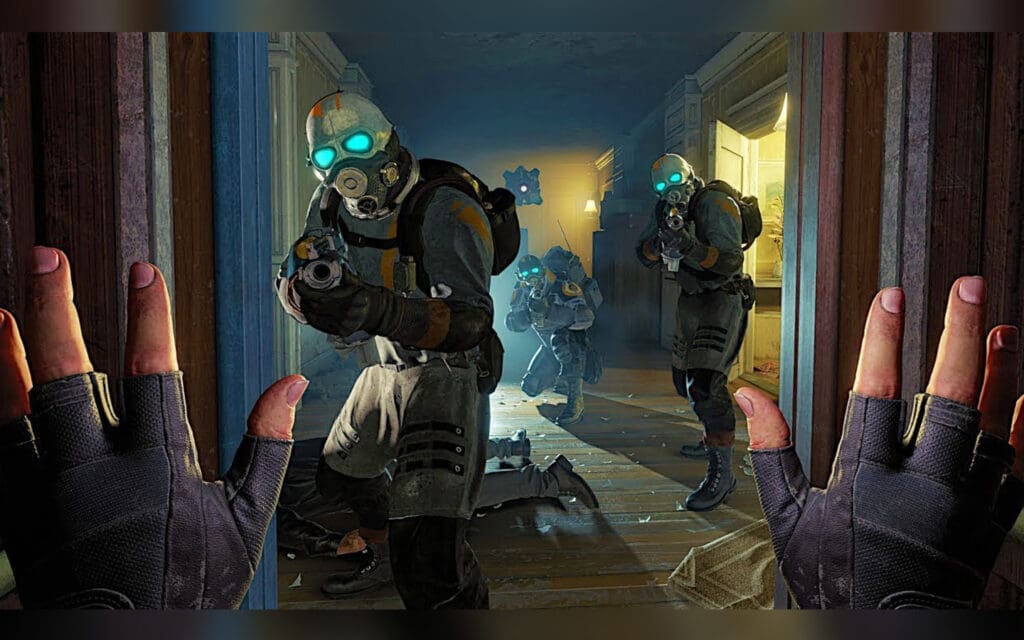The world of NASCAR is a high-octane spectacle filled with speed, strategy, and the ever-present risk of danger. As drivers push their limits, they navigate some of the most challenging and unforgiving tracks in the sport. Each circuit presents its own set of hazards, from blistering speeds and treacherous banking to unpredictable weather and mechanical failures that can turn a routine race into a chaotic battle for survival.
Some tracks have earned a reputation for being especially perilous, with histories marked by high-profile crashes and intense competition. Whether due to their design, racing conditions, or sheer unpredictability, these venues test the skill and bravery of every driver who takes the wheel. This list breaks down ten of NASCAR’s most dangerous race tracks, exploring their structural challenges, notorious incidents, and the reasons they remain some of the most feared in the sport.
10. Darlington Raceway

Known as “The Track Too Tough to Tame,” Darlington Raceway presents unique challenges with its egg-shaped design and narrow racing groove. Drivers must navigate close to the wall, risking the infamous “Darlington stripe.” The track has seen numerous accidents and cautions, with an average of 7.6 cautions per 400-mile race over the past two decades.
9. Atlanta Motor Speedway

Atlanta Motor Speedway has a reputation for high speeds and intense racing. Its 1.54-mile quad-oval configuration, combined with 28-degree banking in the turns, creates challenging conditions for drivers. The track’s history includes several serious accidents, making it one of NASCAR’s more treacherous venues. Recent reconfigurations have aimed to enhance safety while maintaining excitement.
8. Pocono Raceway
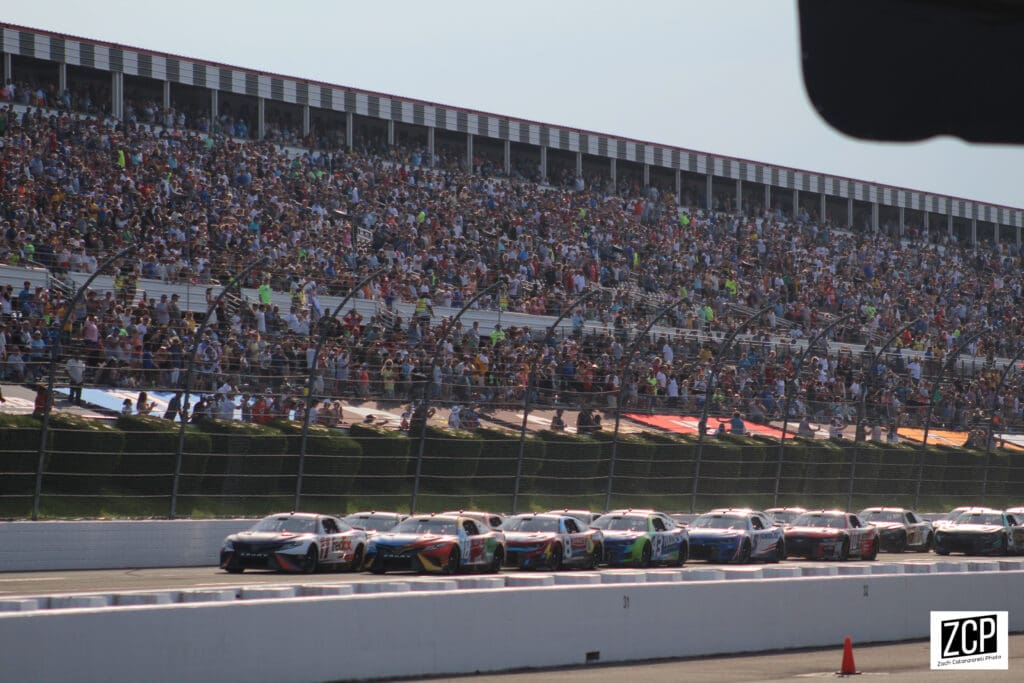
Pocono Raceway, known as the “Tricky Triangle,” has a history of severe crashes due to its unique three-turn layout and high speeds. The track has seen numerous incidents, including Bobby Allison’s career-ending crash in 1988, Kurt Busch’s concussion-causing accident in 2022, and most recently, Bubba Wallace’s brake failure incident in 2023. Despite safety improvements such as SAFER barriers, Pocono remains a challenging and potentially dangerous venue for NASCAR drivers, with its layout continuing to test both driver skill and equipment reliability.
7. Texas Motor Speedway
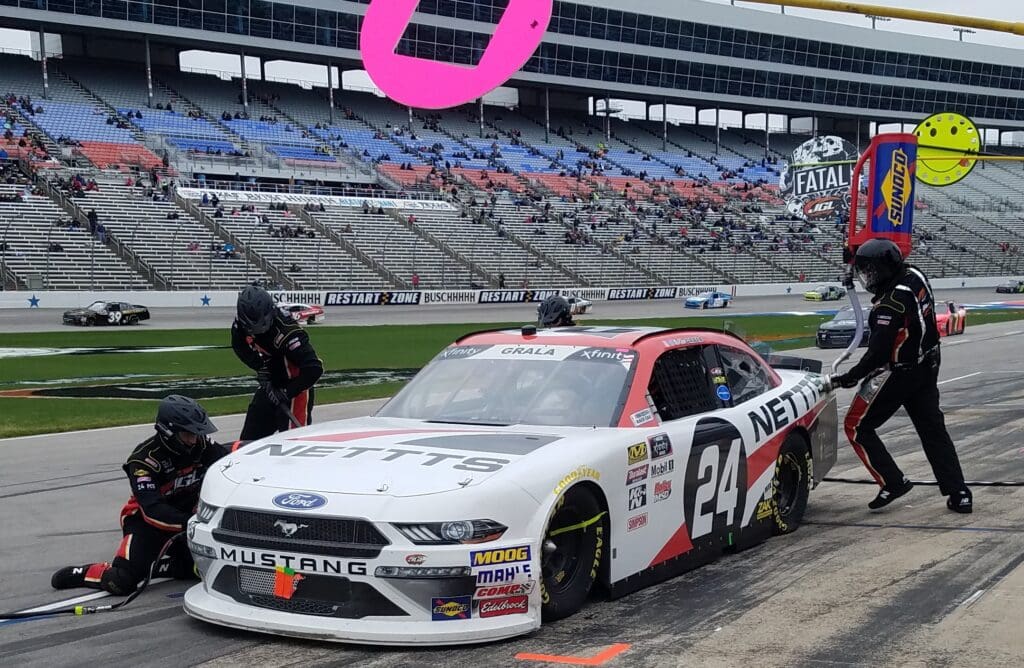
Texas Motor Speedway earned its reputation as one of NASCAR’s most dangerous tracks during its early years. Severe accidents, including Jeff Gordon’s hard crash in 1999, raised safety concerns. The track’s high speeds and unpredictable surface led to multiple reconfigurations. Despite improvements, Texas remains a challenging venue for drivers.
6. Indianapolis Motor Speedway

The iconic Brickyard has seen its share of tragedy, with 74 fatalities since 1909. Recent safety upgrades include new catchfencing in Turn 3 and SAFER barriers in Turn 4. Despite improvements, the track’s high speeds and unforgiving walls continue to pose risks for drivers.
5. Michigan International Speedway
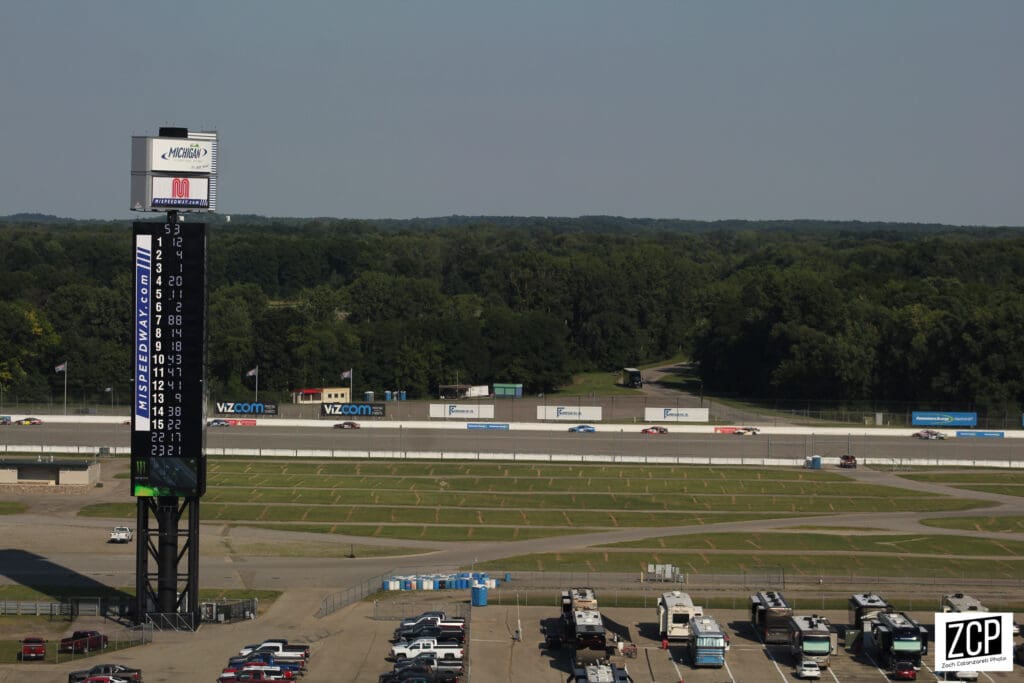
Michigan International Speedway’s high speeds and wide turns create potential for dangerous multi-car crashes. In 1998, three spectators were killed when debris flew into the stands. Despite safety improvements, including taller catch fences, the track’s 200+ mph speeds continue to pose risks for drivers and fans alike.
4. Charlotte Motor Speedway

Charlotte Motor Speedway’s high-banked turns and fast straightaways create a challenging environment for drivers. Turn 4 is particularly notorious for accidents, with a 24-31 degree slope that can send cars into the wall at high speeds. The track’s unique design demands constant vigilance from both drivers and rescue teams.
3. Bristol Motor Speedway

Known as “The Last Great Colosseum,” Bristol’s high-banked, half-mile oval creates intense, close-quarters racing. Tire wear is a significant concern, with drivers experiencing extreme degradation and limited sets available. The track’s tight confines lead to frequent accidents and high-speed pile-ups, making it one of NASCAR’s most challenging and unpredictable venues.
Read More: 10 Epic NASCAR Rookie Seasons That Shook the Racetrack
2. Talladega Superspeedway
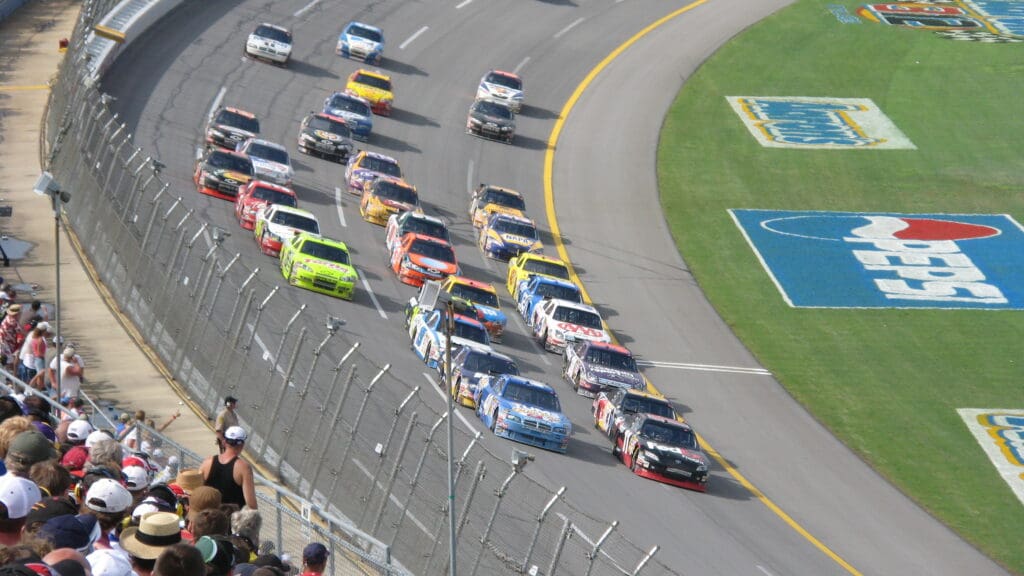
Talladega Superspeedway is notorious for high-speed pack racing and multi-car pileups. Its 2.66-mile tri-oval layout and 33-degree banking create conditions for “The Big One” – massive crashes involving numerous cars. Despite safety improvements, the track’s unpredictable nature and potential for airborne accidents keep it among NASCAR’s most perilous venues.
Read More: The 15 Most Legendary Safeties in NFL History
1. Daytona International Speedway

Daytona’s high-banked turns and restrictor plate racing create dangerous pack racing conditions. In 2013, Kyle Larson’s car flew into the catch fence, injuring 28 spectators. Despite safety improvements, risks remain high for both drivers and fans. The 2025 Daytona 500 saw tight security measures implemented to ensure spectator safety.
Read More: NASCAR Meets F1: The Most Intense Racing Rivalries Ever




